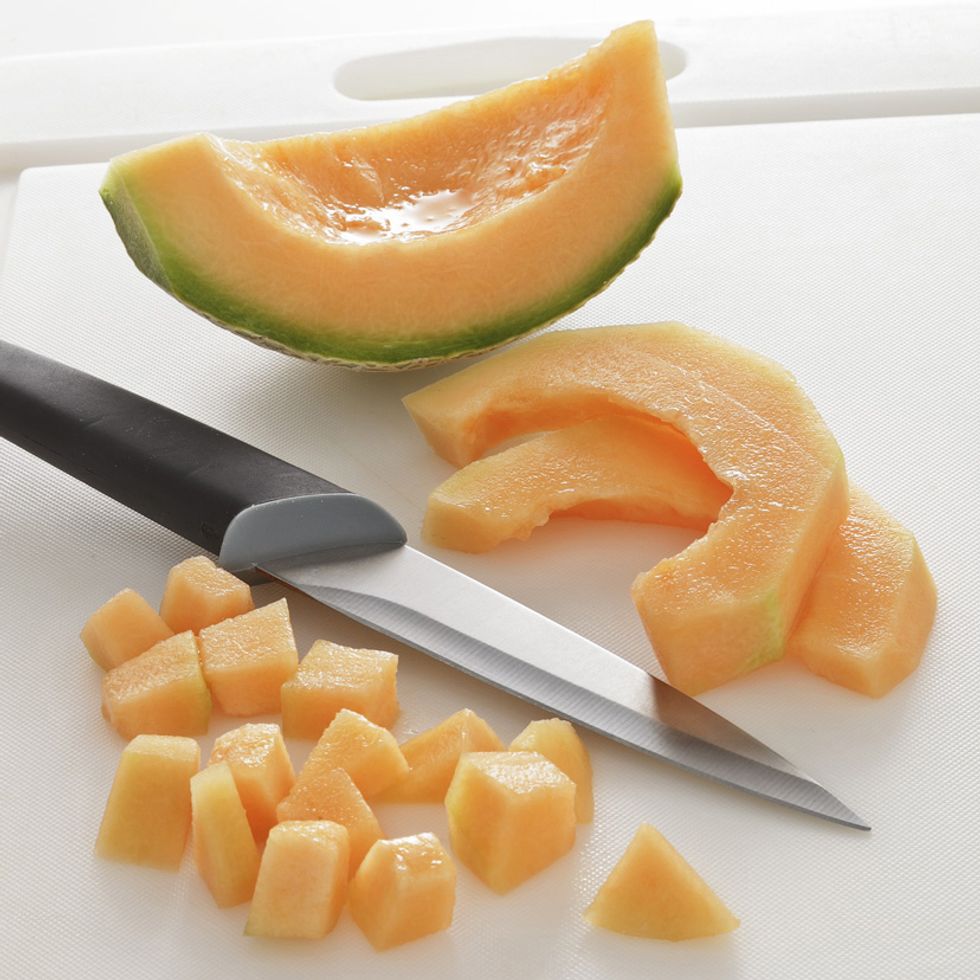
Melon is the fruit of a creeping plant native to southern Asia and tropical Africa. The fruits grow typically in summer, with the exception of two varieties, the one with white pulp and green skin and the other with yellow skin, both present in winter.
Summer melons have a nice orange-yellow pulp and a yellow-green skin. The "Cantalupo" varieties belong to this type, they take their name from the Lazio town where they were introduced, in the 15th century, by missionaries from Asia. These varieties have smooth and dark green veins. The "Retata", with "reticulated" rind, has an oval or spherical shape, with slightly flattened poles. The tastier melons can be recognized by a black dot located at the opposite end of the stem.
How to recognize a good and ripe melon? First of all by «sniffing» the peel on the «poles» to perceive its perfume and then by pressing the lower cap: if the melon is ripe it must give slightly to the pressure and immediately return to its original state, if it is unripe, however, it will be hard; if it is too ripe, it will be soft.
The melon is served in wedges, deprived of seeds and filaments, or cut in half horizontally, peeled and served with a spoon that will be used to dig the pulp. It can be combined with salty foods - it is perfect with ham - and also as an ingredient in mixed salads. It is also excellent in ice creams, sorbets and served fresh, sprinkled with Port.
In Europe, second after Asia for the cultivation of melons, Italy is among the major producing countries together with Spain, France and Romania; the most suitable regions are Lombardy, Emilia-Romagna, Lazio and Sicily . Thanks to greenhouse crops and the numerous varieties available, the melon is now on the market for at least 5 months, from May to September. For the same size, it is best to choose the heaviest and most fragrant one, without sagging areas on its skin. It can be kept in the fridge for 3-4 days.







